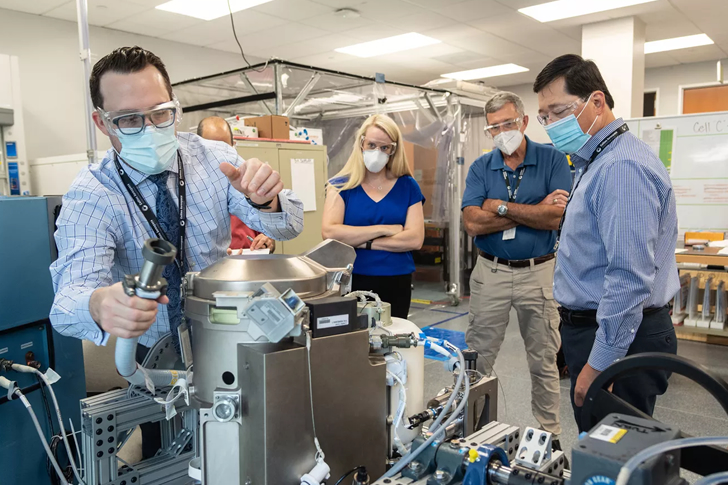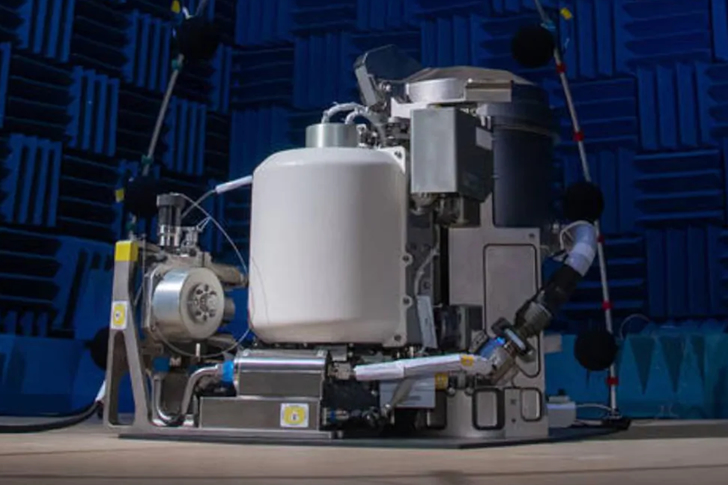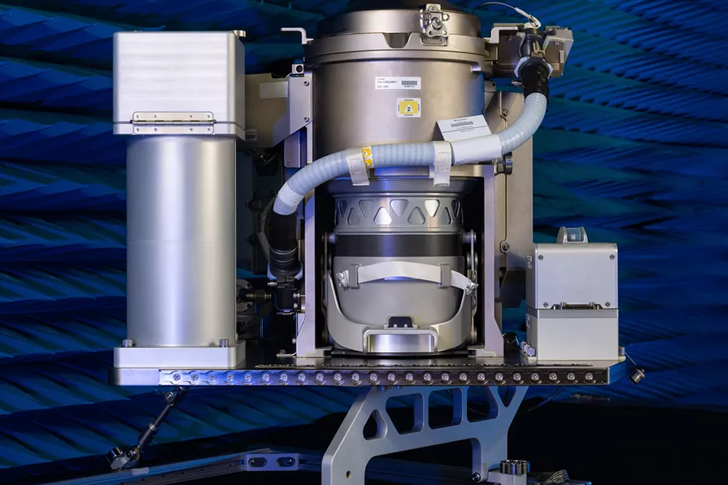A New Toilet is Coming to Space
Have you ever wondered how astronauts relieve themselves while in space and in a very tight enclosure? There was a time when astronauts only had plastic bags when doing a number 2. This was because spaceflight planners did not initially take bowel movements into account. Just imagine if someone had to pass gas inside the closed space. It would smell very bad. Not only that, but they will also have to deal with floating feces. Back in 1963, during the last Project Mercury flight, Gordon Cooper’s systems started failing one by one apparently due to rogue urine. The fact was discovered after an investigation and a difficult re-entry to Earth. Because of this, NASA put more effort into creating better ways for astronauts to urinate or poop.

There is no plumbing services in space, so whatever system that needed to be installed had to be tested heavily. This was the idea behind the Universal Waste Management System, which, as its name suggests, is one that can be used anywhere in the universe. It comes with a hefty price tag of $23 million for two toilets and astronauts at the International Space Station will be the first to test it out. The plan is for this rather expensive system to be used on future Mars or moon missions. Indeed, we have gone a long way from plastic bags. But what exactly is unique about this toilet system that makes it worth the buck?
A toilet is already installed in the space station. But this new toilet would be smaller by 65% and lighter by around 40% compared to the one being used at the ISS. Think of it as similar to a camper van toilet. Space and power were critical factors that were considered when designing these toilets. To avoid the issue of floating fecal matter inside the space pods, the designers made use of suction. They made massive investments in researching how to minimize the use of power while still delivering powerful suction.

But how exactly does the toilet work? Well, it is a compact cylinder that stands 28 inches and has a fan system and a funnel that is attached to a hose. So far, it’s the same as the previous designs. What makes this rather unique is that this toilet has a removable waste compactor that astronauts can use to safely keep their feces. So each time they make a “deposit,” so to speak, electricity is used to suction their droppings into a baggie. The astronaut then needs to seal the bag manually and push it down into a canister. The bin can hold up to 30 deposits, and once it is full, the poop can be discarded with other trash into outer space.
How do they urinate then? The advanced design also includes a urine funnel and seat that was designed with female crew members in mind. Another notable feature of the new design is the 3D-printed titanium dual-fan separator which creates a strong airflow that mimics gravity and helps pull down urine and waste into the toilet. With all these modifications, the great degree of effort used by astronauts in the old days had been reduced, making their stay in space more tolerable.

Two significant changes were also made for this new design. One was inclusivity, which we highlighted earlier, as the position of the funnels and the toilet seat were now made closer so that female astronauts won’t have difficulty using the toilet. The second is that the urine is now pre-treated before it is forwarded to a life-support system that converts it into usable water. We give the designers credit for taking a more gender-neutral approach, but it would also be better if they can reduce the price, as that million-dollar amount seems steep. Before passing any judgment, though, we should first hear from the ISS astronauts after they are done testing the new system. The toilet will be tested over the next three years so users can see if anything can be improved.
